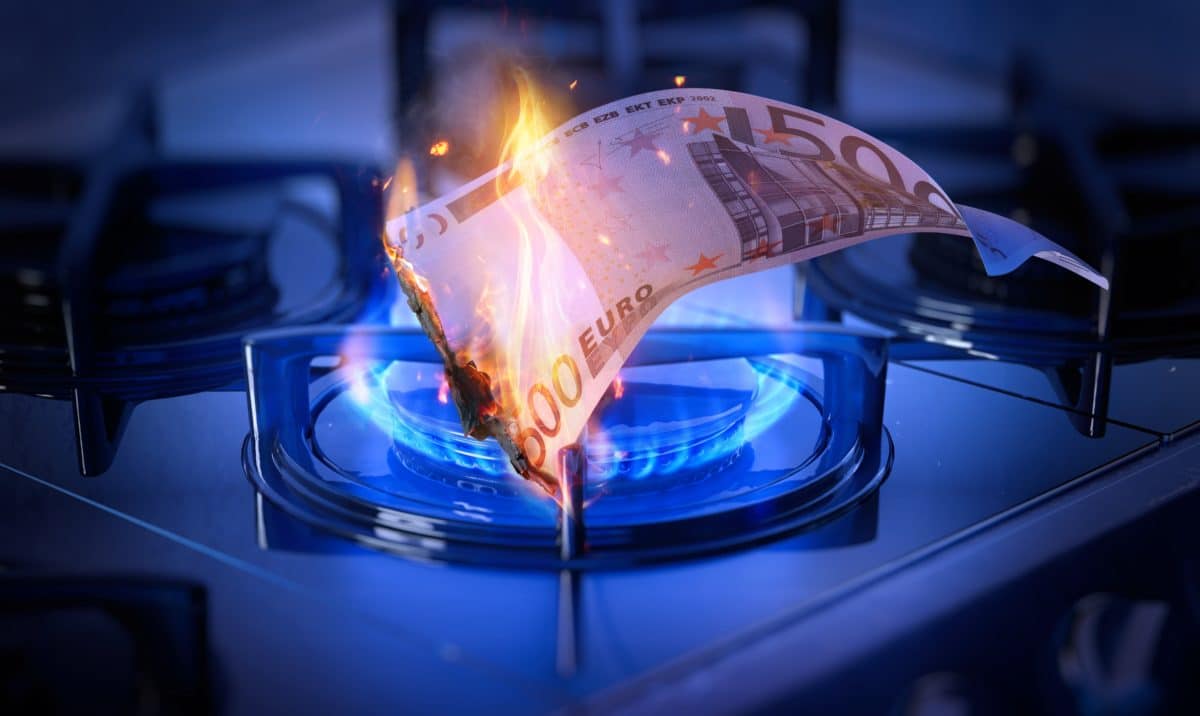Europe’s Natural Gas Prices Drop Below $300

Europe’s Natural Gas Prices Drop Below $300
In a significant turn of events, the natural gas price in Europe has plummeted below $300 per 1,000 cubic meters for the first time since July 31, 2023. This noteworthy decline, approximately 6% since the beginning of the day, has caught the attention of market observers and industry experts. In the Netherlands, it now stands at $299.7 per 1,000 cubic meters or 26.6 euros per MWh. This price reduction is emblematic of a broader trend reshaping the energy landscape in Europe.
Declining Gas Prices: An Outcome of Record Gas Reserves and Economic Conditions
The current decrease in gas prices across Europe can be attributed to two key factors: record gas reserves and subdued economic growth. European countries are witnessing a surplus in gas storage, with underground facilities reaching an impressive 75.01% capacity, surpassing the five-year average for this date by 11.16 percentage points. As of now, these facilities collectively house 82.67 billion cubic meters of gas, indicative of a robust storage strategy implemented earlier in the year.
The proactive approach taken by European nations involved filling their underground storage facilities to the target of 90% for the heating season as early as mid-August. By the commencement of the extraction season, a record-breaking 99.63% storage capacity had been achieved. This strategic move was aimed at ensuring a stable and secure energy supply for the region. However, the unintended consequence has been an excess of gas reserves, leading to a decline in gas prices.
Simultaneously, the continent is grappling with weak economic growth, which has curtailed energy demand in major industrial nations. The delicate balance between supply and demand has shifted, with ample gas reserves outpacing the requirements of a slower economic landscape. This has created an opportune scenario for consumers but poses challenges for businesses tied to the energy sector.
Navigating the Impact: Oil Profit and Natural Gas News Today
Consumers may benefit from lower gas prices. However, the energy industry is experiencing a reevaluation of profit margins. The drop below $300 per 1,000 cubic meters prompts oil and gas companies to reassess their financial forecasts and operational strategies. The need for adaptability becomes crucial as companies navigate this evolving market landscape.
Natural gas companies and investors are closely monitoring the developments, seeking insights into the changing dynamics. Gas price volatility creates an environment where staying informed about natural gas news today is essential. Timely updates on market trends, geopolitical influences, and regulatory changes become pivotal for making informed decisions in this evolving energy market.
The Role of EU Gas Price Cap in Shaping Future Dynamics
As Europe grapples with the impact of surplus gas reserves and economic challenges, discussions about implementing an EU gas price cap gain prominence. Policymakers and industry stakeholders are considering measures to stabilise gas prices, ensuring a balance between affordability for consumers and sustainable profit margins for businesses.
The introduction of an EU gas price cap could serve as a regulatory tool to mitigate extreme fluctuations in gas prices, providing a level playing field for both consumers and industry players. The ongoing deliberations around this measure underscore the importance of finding a harmonious equilibrium in the energy market.
Adapting to Changes in Gas Storage Dynamics
The recent dip in gas prices below $300 per 1,000 cubic meters in Europe is a consequence of a strategic surplus in gas storage and a subdued economic landscape. While consumers enjoy the benefits of lower prices, businesses in the energy sector face the challenge of adapting to shifting market dynamics.
As industry players assess the impact on oil profit margins and stay abreast of natural gas news today, the EU gas price cap discussion gains momentum. The path forward involves navigating the delicate balance between supply and demand, ensuring a sustainable energy future for Europe.
The post Europe’s Natural Gas Prices Drop Below $300 appeared first on FinanceBrokerage.



